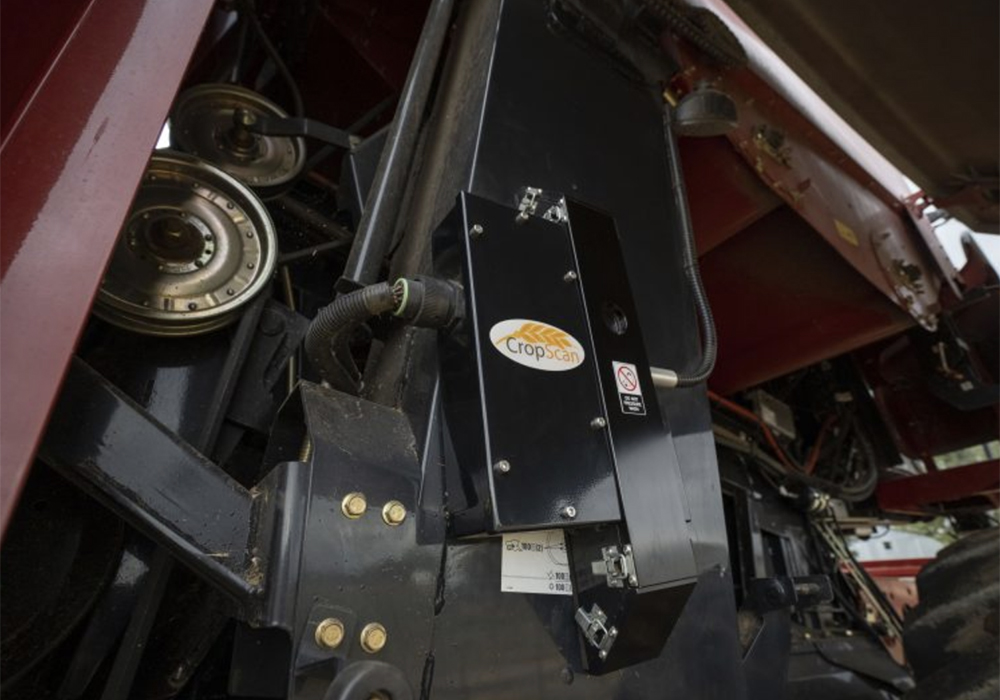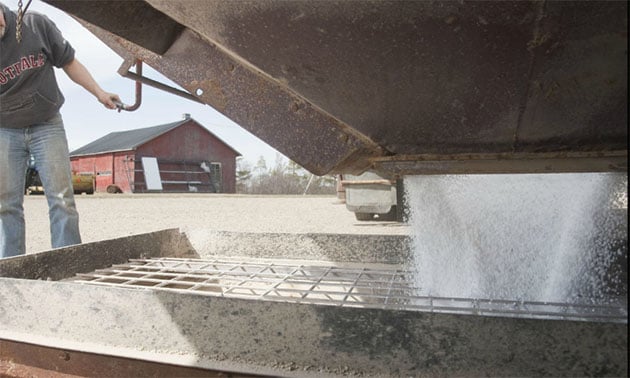Debt in EU and U.S. big problems | Economic growth slowing in China, India and developing world
Microanalysis of specific supply and demand fundamentals for prairie crops won’t provide the main answers for where crop prices will go in 2012, say many analysts.
Commodity prices are mostly driven these days by the level of world demand, and it’s hard to get a clear sense of what demand is likely to be this year.
“The crystal balls are unbelievably cracked and cloudy and the reason is that there are big risks out there, and the big risks all have a political dimension to them,” Toronto Dominion bank economist Craig Alexander said during a presentation by big bank economists Jan. 5.
Read Also

Important to write farmland rental agreements properly
Are you considering renting out your farmland? If so, there are important tax considerations when making this decision. The rental…
The ongoing crisis in the eurozone, the political paralysis and ferment in the United States and slowing economic growth in China and India have analysts wondering whether the healthy demand for commodities of the past two years will weaken.
That makes it hard to predict crop prices, said two analysts at St. Jean Farm Days in St. Jean Baptiste, Man.
“I think we’re still (grappling) with the difficulties of perception, and while there is some optimism that comes into the marketplace now, we’re still dealing with European debt issues that are around us, we’re dealing with political gridlock in the United States … and we have slow growth around the world,” said Mike Jubinville of Pro Farmer Canada.
“That is something that will continue to grind away as long as that sentiment overall is maintained. It will be hard to sustain a rally, whether it is in equities, whether it is in crude oil, or canola or canaryseed or cattle.”
Booming demand in the past two years from China, India, the former Soviet Union and Brazil have helped the beleaguered U.S. and European Union stumble onward in spite of their economic woes. That has led to strong prices across the commodity spectrum, with corn even hitting new record prices last year.
However, economic growth rates have slid in developing countries in the past few months, which is bad for the general economy and agricultural commodity prices.
China has become Canada’s biggest buyer of canola in recent years and a major buyer of pork, corn and soybeans from around the world. That has helped make up for the European and American economic weakness.
Wild Oats newsletter analyst John Duvenaud said the seemingly endless financial problems in the U.S. and Europe reduce demand for commodities and drive small traders out of the business, which also hits exports of Canadian crops.
Duvenaud said micro-marketers once moved a lot of crops, but they are no longer in business because of market volatility and the economic problems of the past few years. That means they aren’t making small sales, and the lack of those small sales makes those markets less dynamic and less likely to drive prices higher.
However, Duvenaud said this coming year is likely to look bleak only in the context of the post-2006 world, after prices moved to what looks like a higher permanent plateau .
“We’ve had a fabulous price regime for the past couple of years,” said Duvenaud.
“Probably, I’ll bet, a lot of you have made a million dollars just on your land inventory over the last couple of years. Hey, what a great life, being a farmer here.”
Farmers have become familiar with better prices, but they have also become familiar with higher prices for all their inputs, which reduces profitability.
“It doesn’t take long for the fertilizer guys, the price of land, the this and the that, various inputs start to take up a lot of that (increased crop price) and that’s where we’re starting to get to now,” said Duvenaud.














